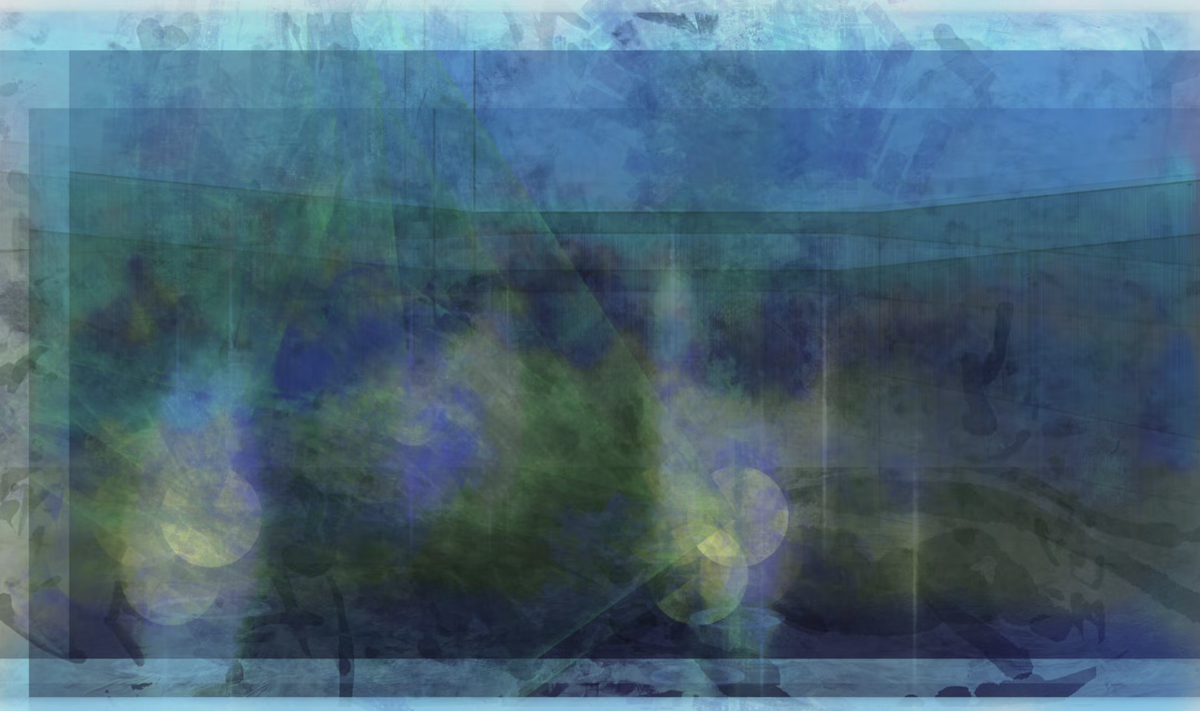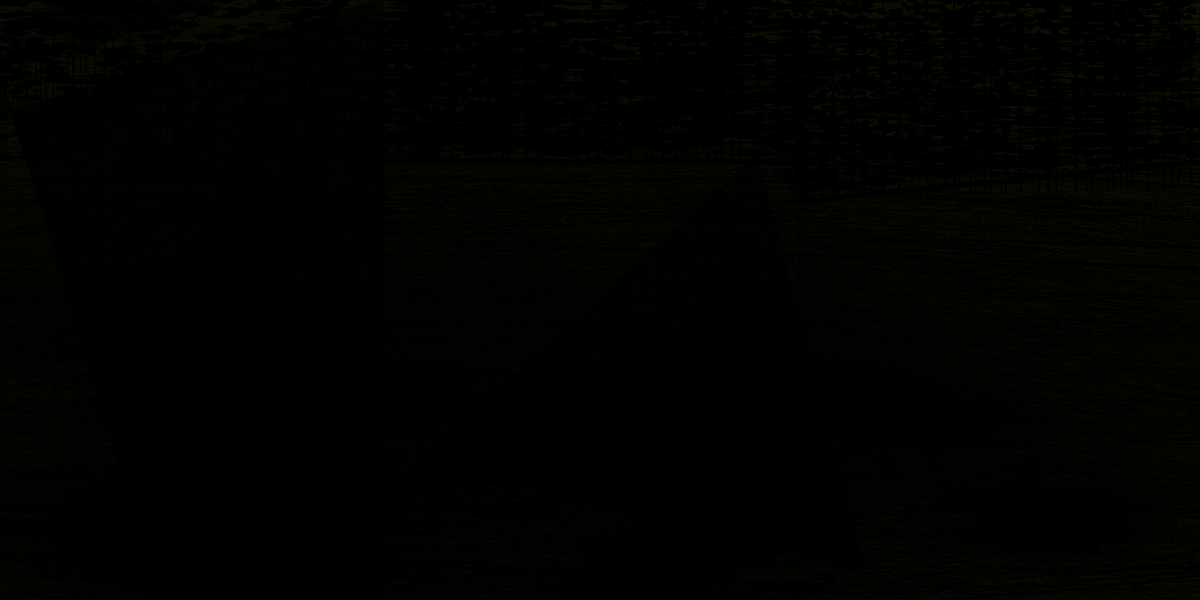
The makings of Ryoanji drop
written by Jimi Wen
Starting from my first seven works, "Nothing comes from nothing", "(un)//void//ble", "Tai-an Tea House", "4’33’”", "無山不似山", "生成畫荷" and "Teardrop", Ryoanji is a work that I had time away from coding to reflect on the relative quickly successive first 7 mints. During this I stepped away from coding and into cooking. I was preparing cooking every week, so I had only sporadic time to create, mostly calligraphy and ink work. Thought different practices of art might be focused on certain technique at lower level details, the style or timbre if you will. At composition level, you as an artist are who you are.
Background on Ryoanji
Ryoanji (龍安寺, The Temple of the Dragon at Peace) is a Zen temple located in Kyoto, Japan. The Ryoanji garden, considered the grail of kare-sansui ("dry landscape"), a type of Japanese Zen temple garden. Kare-sansui features distinctive larger rock formations arranged amidst a sweep of smooth pebbles raked into patterns that facilitate meditation.
Like any work of art, the artistic garden of Ryōan-ji is also open to interpretation into possible meanings. Different theories put forward about what the garden is supposed to represent. Garden historian Gunter Nitschke wrote: "The garden at Ryōan-ji does not symbolize anything, or more precisely, to avoid any misunderstanding, the garden of Ryōan-ji does not symbolize, nor does it have the value of reproducing a natural beauty that one can find in the real or imaginary world. I consider it to be an abstract composition of objects in space, a composition whose function is to incite “meditation”.
In the science journal Nature, Gert van Tonder and Michael Lyons analyze the rock garden by generating a model of shape analysis. Using this model, they showed that the empty space of the garden is implicitly structured, and is aligned with the temple's architecture, where the axis of symmetry passes close to the center of the main hall. The implicit structure of the garden is designed to appeal to the viewer's unconscious visual sensitivity to axial-symmetry skeletons of stimulus shapes. And found that imposing a random perturbation of the locations of individual rock features destroyed the special characteristics. [wiki]
Royanji and John Cage
Cage first visited the Ryoanji Temple and rock garden in 1962, during a concert tour of Japan with David Tudor, Toshi Ichiyanagi, and Yoko Ono. Measuring 30 x 10 meters, the garden consists of carefully raked white pebbles with 15 rocks arranged.
In 1982, when Cage was commissioned to design the cover for a book to be published by Editions Ryôan-ji, as with all of his late artistic endeavors, he developed processes of chance-controlled creation, consulting the coin oracle of the I Ching and later computer-generating randomized numbers, reducing the subjective aspects of both composition and performance. Cage placed a selection of stones from his collection, positioned by chance operations, on the plate and traced their outlines. Each print’s title dictated the number of times he outlined each stone. For example, the dense, allover mesh of marks in R3 (where R=Ryoanji) represents fifteen stones, each traced 225 times to produce a total of 3,375 stone silhouettes (15 x 15 x 15 equals 3,375).
Over a period of ten years, the last decade of his life, Cage devoted himself to drawings addressing the aesthetic order of the complex yet simple that is revered in Japan as a perfect depiction of nature (with Buddhism or Zen influence). “Ryoanji” compositions focus on how John Cage expressed his ideas and the garden’s sensibility in both his audio and visual interpretations. [summary from multiple references]
Composition Basis
The evolution of Ryonaji and the meditative states I was looking for.
Generative Composition
- Palette = protagonist
- Interior Walls = external perception
- Exterior Walls = internal intuition
- Meditation State = realisation of zen-ness
Palette
I don't wash my brushes or palette in physical ink or calligraphy work. I am using the 4 palettes from A24Z project, with my fellow friends and collaborators, Pedro, J0rdan and Okeoke. And since the fate that brought John Cage to Ryoanji, I thought I pay homage to two other protagonist whose palettes represent two of biggest mentors, with code name John Cage and Yoko Ono. You can guess whom might these palettes represent.
Exterior Walls
How we perceive external walls is exactly and interior perception or reflection. In various stages of meditation, the walls are real or imaginary, here nor there. From an architecture point of view basic one point perspective maintained with minimal warping. This is similar to my study of Tai-an Tea House. With increasing wrapping of the exterior walls, perspective uncertain, it is a freeing of our internal prejudicial thoughts. The following are the three interior perceptions:
- keeps a strict guard on
- breaks away from thy ego
- says we're leaving no?
Walls may not be walls but they are there.
Interior Walls
By interior walls, you can look at it as imaginary walls relevant to architecture, it exist only in the our minds. For the sake of visual harmony I limited the upper range of imaginary walls to 4. These walls were randomly placed and sized. The factor cc is a slight calibration on extreme cases. And the walls are hexagonal in nature can be regular or hyper-truncated, making it a floating type of imaginary walls.
for (let k=0;k<wallcount;k++){
print(k)
drawWall(
[cc*random(0,6000),cc*random(0,3000)],
[cc*random(0,6000),cc*random(0,3000)],
[cc*random(0,6000),cc*random(0,3000)],
[cc*random(0,6000),cc*random(0,3000)],
[cc*random(0,6000),cc*random(0,3000)],
[cc*random(0,6000),cc*random(0,3000)]
)
}
Since in zen, teaching are often giving in koans. I tried to connect all features into each individual koans, in lyrical form with respect to the totality of the visual generative art.
- and practices abstinence lol,
- then shouts LFG,
- but understands YOLO,
Meditative State
Here we play with the blendMode() in p5.js. How we humans deal with stimulation is not so different to how javascript deal with them. I feel there I am. This is a similar technique I used in 4'33"'. In terms of lyrical koam this "generative parameter" in generative art is most relevant to our state of meditation.
- thus we should not try too hard without hope :)
- so perhaps don't count too literally, no?
- ... oops nirvana here we go!
- and that we can not avoid damnation...oh :(
Damo keeps a strict guard on, then shouts LFG, and that we can not avoid damnation...oh :(
project name project name project name
For more on the project: Ryoanji
